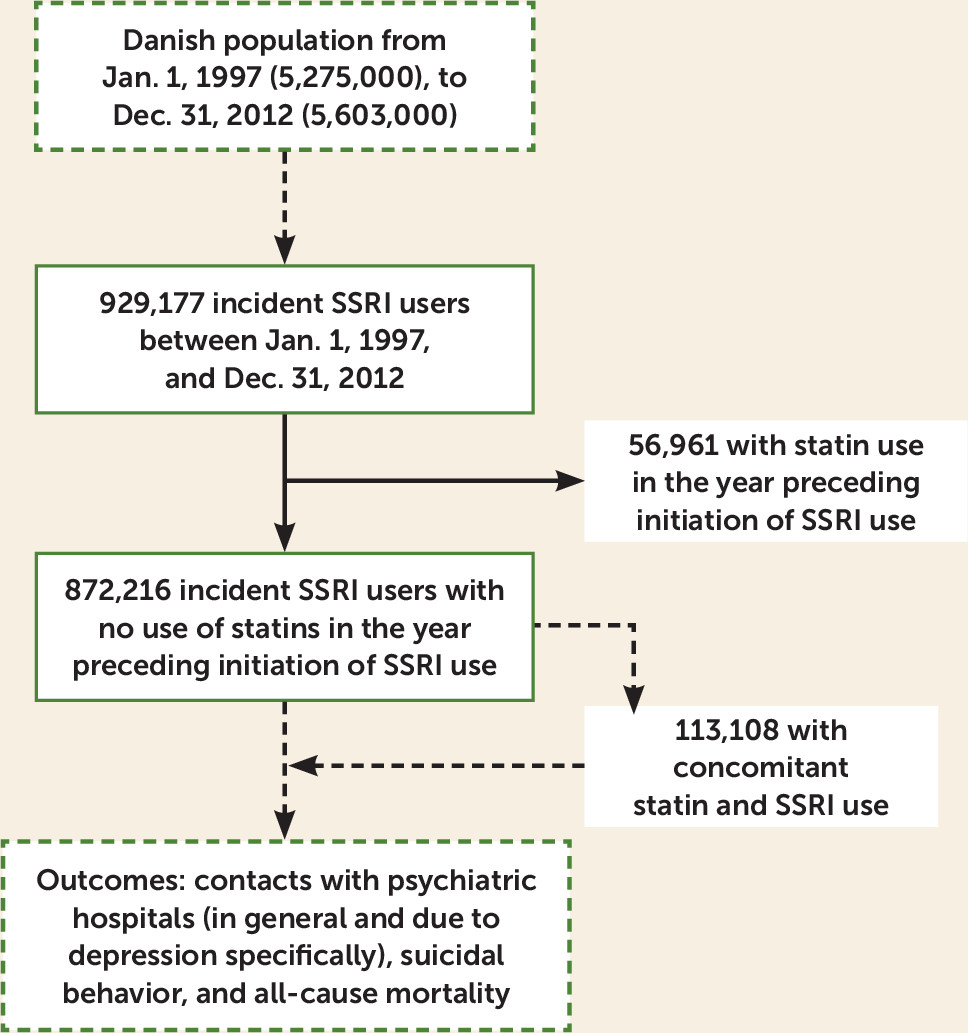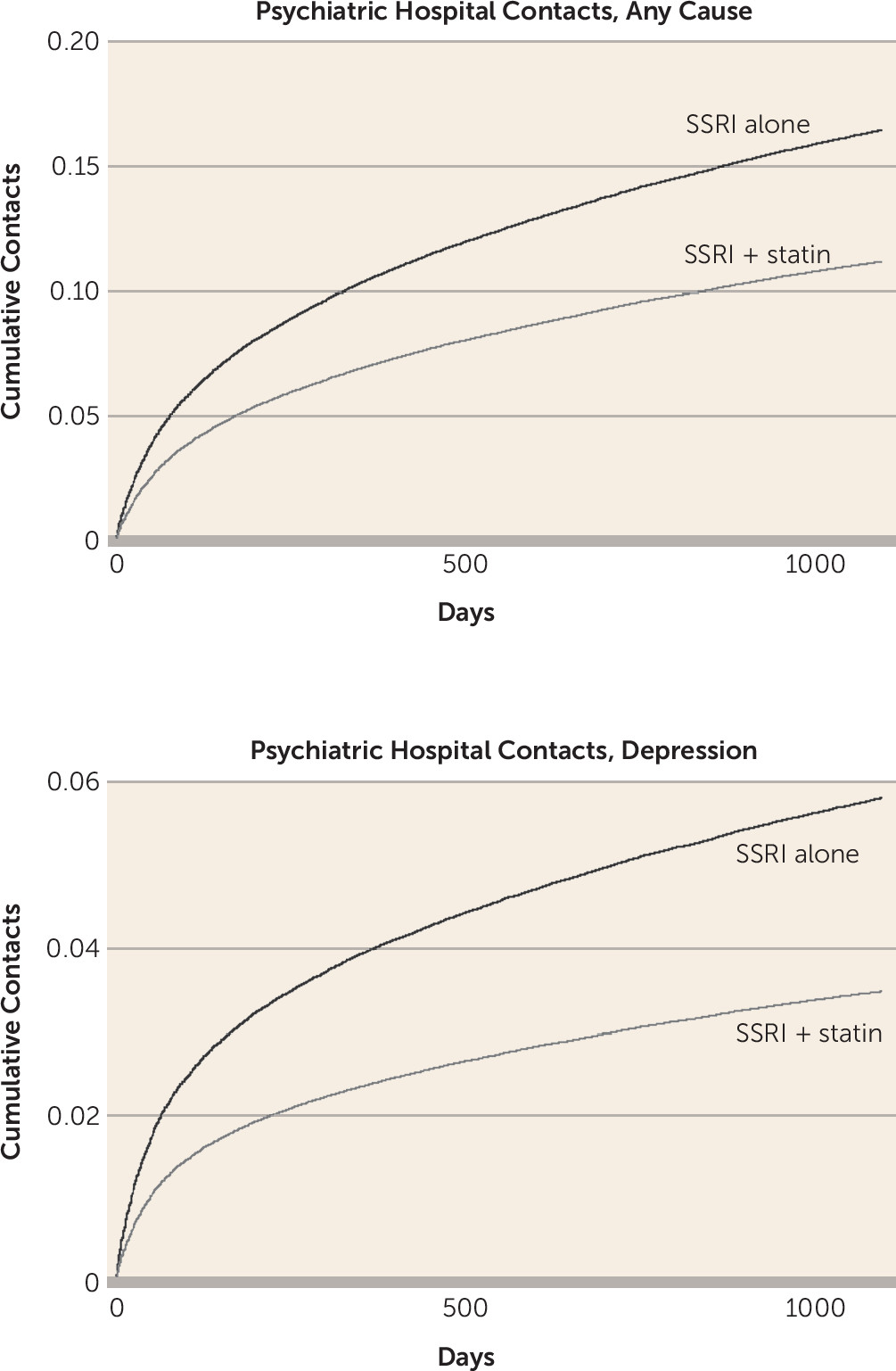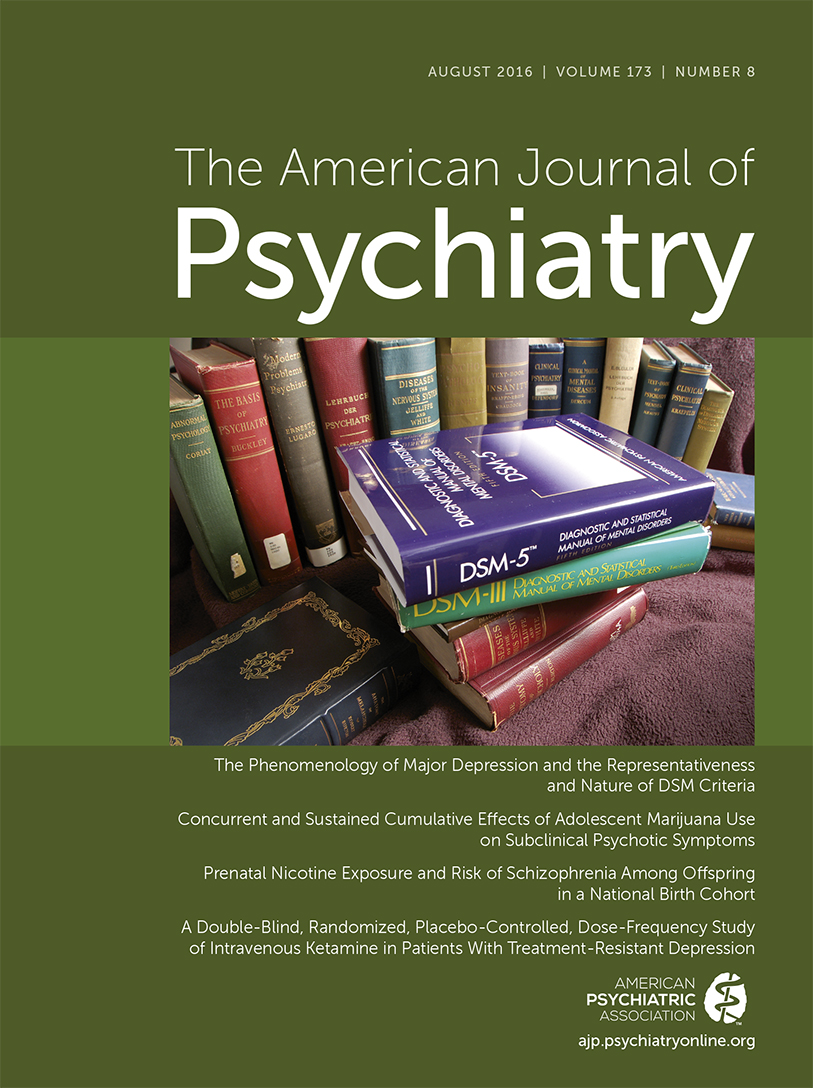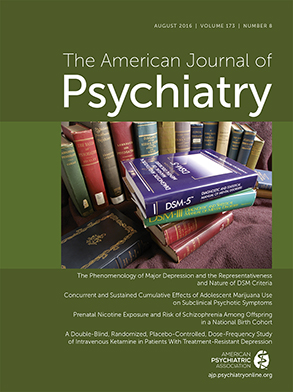Competing Interests
Dr. Gasse has received unrestricted research grants from Eli Lilly and Lundbeck, funding through research collaboration with LASER Analytica, funding from the European Union Seventh Framework Programme (FP7/2007-2013) under grant agreement 279227, and support from the Innovative Medicines Initiative Joint Undertaking resources, which were composed of financial contributions from the European Union Seventh Framework Programme and in-kind contributions from members of the European Federation of Pharmaceutical Industries and Associations. Dr. Nierenberg has served as a consultant for Abbott Laboratories, the American Psychiatric Association, Appliance Computing, Inc. (Mindsite), Basilea, Brain Cells, Brandeis University, Bristol-Myers Squibb, Clintara, Corcept, Dey Pharmaceuticals, Dainippon Sumitomo (now Sunovion), Eli Lilly, EpiQ, L.P./Mylan, Forest, Genaissance, Genentech, GlaxoSmithKline, Healthcare Global Village, Hoffman–LaRoche, Infomedic, Lundbeck, Janssen, Jazz Pharmaceuticals, MedAvante, Merck, Methylation Sciences, Naurex, Novartis, Pamlab, Parexel, Pfizer, PGx Health, Otsuka, Ridge Diagnostics, Shire, Schering-Plough, Somerset, Sunovion, Takeda, Targacept, and Teva; he has also served as a consultant through the MGH Clinical Trials Network and Institute for AstraZeneca, Brain Cells, Dainippon Sumitomo/Sepracor, Johnson & Johnson, Labopharm, Merck, Methylation Sciences, Novartis, PGx Health, Shire, Schering-Plough, Targacept, and Takeda/Lundbeck; he has received grants or research support from the American Foundation for Suicide Prevention, the Agency for Healthcare Research and Quality, the Brain and Behavior Research Foundation, Bristol-Myers Squibb, Cederroth, Cephalon, Cyberonics, Elan, Eli Lilly, Forest, GlaxoSmithKline, Janssen, Lichtwer Pharma, the Marriott Foundation, Mylan, NIMH, Pamlab, the Patient-Centered Outcomes Research Institute, Pfizer, Shire, the Stanley Foundation, Takeda, and Wyeth-Ayerst; he has received honoraria from Belvoir Publishing, University of Texas Southwestern Dallas, Brandeis University, Bristol-Myers Squibb, Hillside Hospital, American Drug Utilization Review, the American Society for Clinical Psychopharmacology, Baystate Medical Center, Columbia University, CRICO, Dartmouth Medical School, Health New England, the Harold Grinspoon Charitable Foundation, IMEDEX, the International Society for Bipolar Disorder, the Israel Society for Biological Psychiatry, Johns Hopkins University, MJ Consulting, New York State, Medscape, MBL Publishing, MGH Psychiatry Academy, the National Association of Continuing Education, Physicians Postgraduate Press, SUNY Buffalo, University of Pisa, University of Michigan, University of Miami, University of Wisconsin at Madison, the American Professional Society of ADHD and Related Disorders, the International Society for Bipolar Disorders, SciMed, Slack Publishing, Wolters Kluwer Publishing, the American Society of Clinical Psychopharmacology, the New Clinical Drug Evaluation Unit, Rush Medical College, Yale University School of Medicine, the National Network of Depression Centers, Nova Southeastern University, NAMI, the Institute of Medicine, CME Institute, the International Society for CNS Clinical Trials and Methodology, the World Congress on Brain Behavior and Emotion, the Congress of the Hellenic Society for Basic and Clinical Pharmacology, and the Anxiety and Depression Association of America; he owns stock in Appliance Computing, Inc. (MindSite), Brain Cells, and MedAvante; and he holds copyrights for the Clinical Positive Affect Scale and the MGH Structured Clinical Interview for the Montgomery-Åsberg Depression Rating Scale, exclusively licensed to the MGH Clinical Trials Network and Institute. The other authors report no financial relationships with commercial interests.



